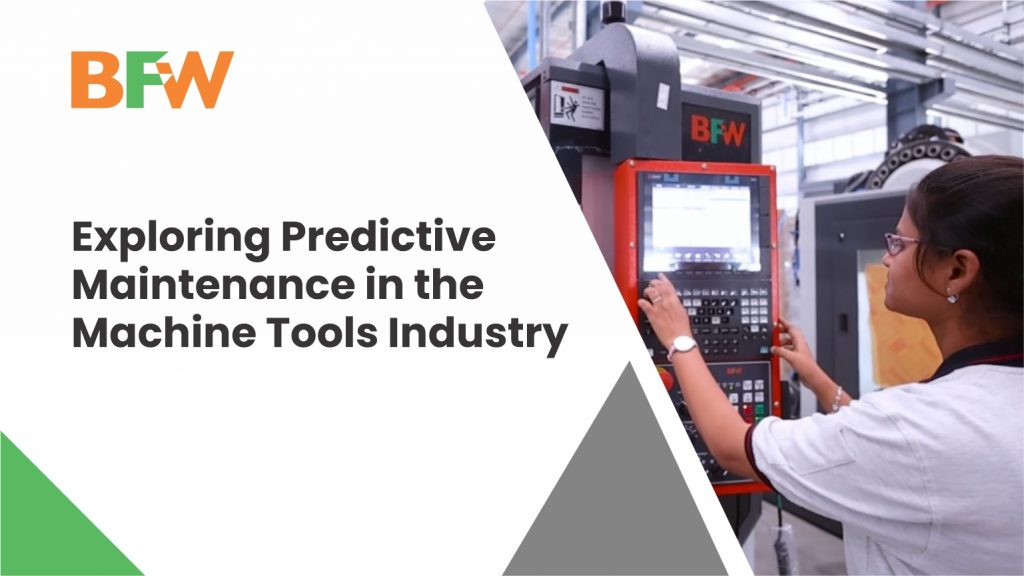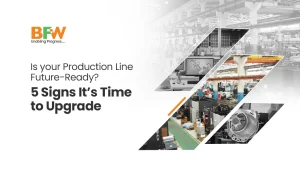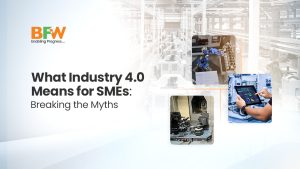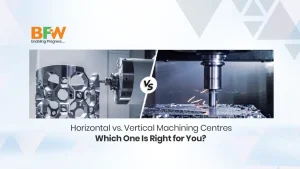Manufacturing facilities have a lot going on with various machinery, tools and equipment running simultaneously. The shop floor’s smooth functioning depends on how well the tools and machines are maintained.
In many cases, shop floors operate without a planned maintenance strategy. This often leads to unforeseen downtime due to unexpected failures. While scheduled maintenance involves regular component replacements to prevent sudden equipment stoppages, it also increases machines’ non-operation time and maintenance costs.
The growth and advancement of Industry 4.0 technologies have ushered in a new era of technological innovation and transformation in factory maintenance. Smart manufacturing facilities now employ a range of tools and techniques facilitated by the technological cornerstones of Industry 4.0 — the Internet of Things (IoT), Artificial Intelligence (AI), and Machine Learning.
In this blog, we look at how advanced technology is helping manufacturers maintain machines better and more sustainably.
Types of maintenance
There are primarily two types of maintenance — preventive and predictive. Traditionally, manufacturing companies followed the preventive method. However, with technological advancements, predictive maintenance methods are proving to be more beneficial to companies.
1. Preventive maintenance
Preventive maintenance is scheduled. It involves regularly (for example, every 6 or 12 months) performing routine maintenance on equipment to reduce the likelihood of failures, regardless of whether the equipment is operating correctly.
2. Predictive maintenance
Predictive maintenance does not follow a regular schedule. Instead, it relies on monitoring assets and machines to anticipate potential failures before they occur. Subsequently, maintenance activities can be scheduled proactively, mitigating the risk of unexpected breakdowns.
Predictive maintenance provides many benefits:
- Cost efficiency: Predictive maintenance reduces unnecessary maintenance and emergency repairs, significantly saving time and cost.
- Enhanced safety: Predictive maintenance ensures that equipment remains in optimal working condition, reducing the risk of accidents and injuries.
- Increased equipment lifespan: Identifying and addressing issues before they escalate can extend the operational life of machinery, reducing the need for expensive replacements.
- Decreased downtime: Predicting machinery failures helps plant managers to schedule maintenance during planned downtime, thereby minimizing disruptions to production.
How does predictive maintenance work?
- Data collection: At the heart of predictive maintenance is systematic data collection. IoT sensors are strategically positioned on equipment and machines to consistently monitor various parameters, for instance, temperature, pressure, vibration, electrical current, etc. Next, this data is transmitted to a central system for thorough analysis.
- Data analysis: Following the collection of data is the analysis of the data. Artificial Intelligence (AI) and Machine Learning (ML) algorithms analyze the data to identify patterns, anomalies, and trends. By leveraging historical data and real-time sensor readings, these algorithms can predict when equipment is prone to failure.
- Maintenance forecast with predictive methods: Trained on historical data and sensor readings, predictive models can anticipate when machines will require maintenance. Continuous fine-tuning enhances the accuracy over time. Predictive models generate maintenance alerts that are transmitted to maintenance teams, enabling them to plan and execute tasks proactively.
Predictive maintenance and sustainability
An increasing number of manufacturers are committing to sustainability goals, including improving energy efficiency, resource-use efficiency, and waste reduction. Adopting predictive maintenance is one factor, among many, that can help manufacturers meet sustainability goals.
By incorporating predictive maintenance, manufacturing companies can significantly enhance their contribution to reaching sustainability goals. For instance, Bharat Fritz Werner (BFW), a leader in innovation and manufacturing in the machine tools industry, keeps sustainability at the heart of all its activities — from the shop floor to offices to production and supply chain.
BFW and its subsidiary company, m2nxt’s strategic sustainability goals incorporate digitization, automation, AI and IoT to ensure maximum efficiency and minimize waste. Also, BFW and m2nxt are eager to help manufacturing companies to help them adopt a predictive maintenance approach on their shop floors. Contact our experts to know how we can help you get started.










